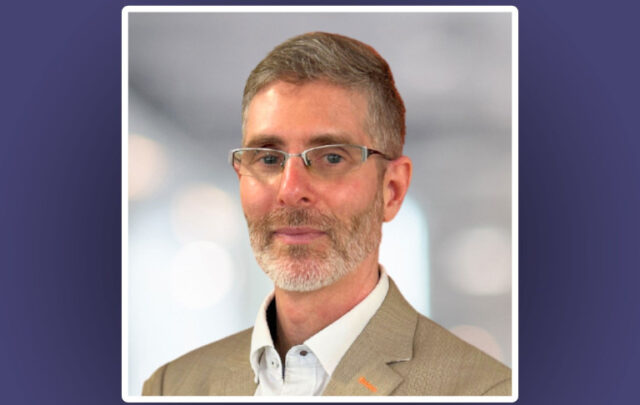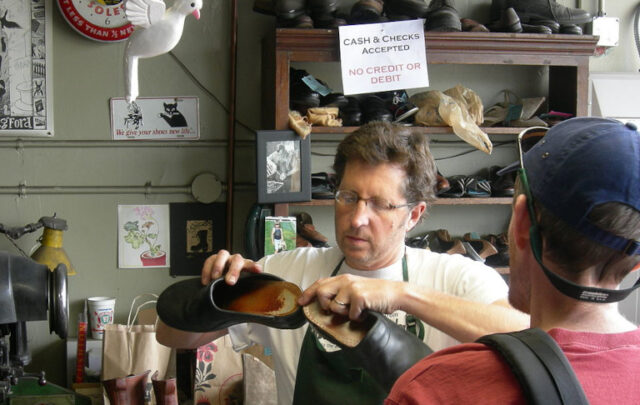 Feeling burned out at work? Stressed, tired, crabby, anxious and possibly sick? This time of year, around Labor Day, seems to be a good time to talk about it.
Feeling burned out at work? Stressed, tired, crabby, anxious and possibly sick? This time of year, around Labor Day, seems to be a good time to talk about it.
First, what are the main sources of burnout? Research blames work overload, insufficient reward, values conflict, lack of control, unfairness and breakdown of community.
Factors that contribute to burnout are lack of job security, failure of safety nets for the unemployed, high pay of CEOs and lack of wage growth for others.
So burnout isn’t something that’s all in your head; there are real reasons to feel overwhelmed.
And the things that are “in your head” — like a conflict of values — are real, as well. When profit is the main goal of an economy, people are sometimes forced to support products and practices that don’t agree with their sense of what is right or moral.
If you have a job, you probably feel you don’t even have a right to burnout, so you blame yourself for feeling bad. In this culture we’re encouraged to see things in terms of personal failings: If you were only smarter, more attractive or more savvy, you wouldn’t have problems. What’s wrong with you anyway? Try a little harder! Take a few pills and you’ll feel better!
But often the answer lies in changing the society around of you.
Societal changes
For instance, wage inequality. The gap between the rich and the rest of us keeps growing, and few realize that the biggest predictor for the health and happiness of a nation is the wealth gap.
(And we’re not up in arms about the efforts to continue tax deductions for the rich.)
The income gap is not just bad for the poor. Even a rich person in this country doesn’t live as long as an average person in a more equal country. Why is that? It’s because a wealth gap creates a ruthless society in which it’s “every man for himself.”
The main factor in well-being is social connection, a culture in which people care about each other and realize that they need each other. Caring for the common good disappears in a ruthless economy.
In fighting burnout, it’s also important to have a sense of control. Unfortunately, people increasingly have less control over their work. For instance, teachers are forced to focus on drilling students for tests instead of teaching in a more creative, satisfying manner.
Many people don’t even know what hours they’ll work, with employees sent home if the manager deems there’s not enough to do.
And we know that our long work hours rob us of control of the rest of our lives: You just can’t get everything done.
So, yes, try to improve yourself, but we need to keep the spirit of Labor Day alive by making changes in society. For instance, in the past, unions helped to bring more wage equity and job security — goals that seem out of reach today.
Getting together
But there is something we can do that will make an immediate difference: Build a sense of community and caring at work. Begin building more social ties. You can start immediately just by turning and talking to the person in the next cubicle.
When I was a college administrator, I remember thinking that employee birthday-party celebrations were a waste of time, but now I know differently. If you want a healthy, productive workplace, you need to bolster people’s sense of belonging and caring.
Urge people to take their lunch hours together. Encourage employees to volunteer together, to come together for book discussions or just to have coffee — surely, some people remember coffee breaks? Bring back the water cooler!
One of the best things you can do for burnout is to gather, talk and laugh with each other.
Practice conversing
Unfortunately, our digital age is undermining the ancient art of conversation. If you don’t get to practice something, you’re not going to be very good at it. But we can relearn the skills.
Join us for a series on Conversation and Community (part of Sustainable Greenwood Phinney’s Happiness Series) on Mondays, through Sept. 27, at St. John’s Lutheran Church, at North 55th Street and Phinney Avenue North, at 7:30 p.m.; it’s free.
For more information, e-mail me at [see [column in local Seattle website].
CECILE ANDREWS is the author of “Circle of Simplicity,” “Slow is Beautiful” and “Less is More.”






